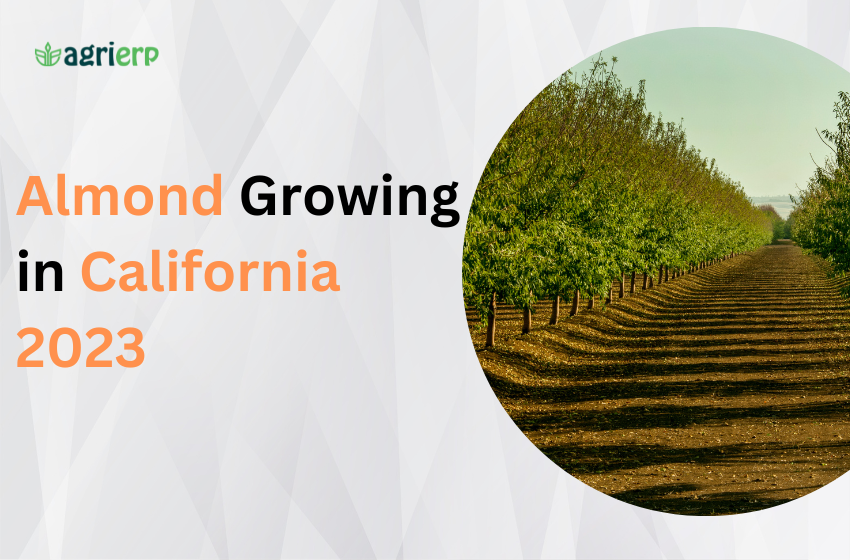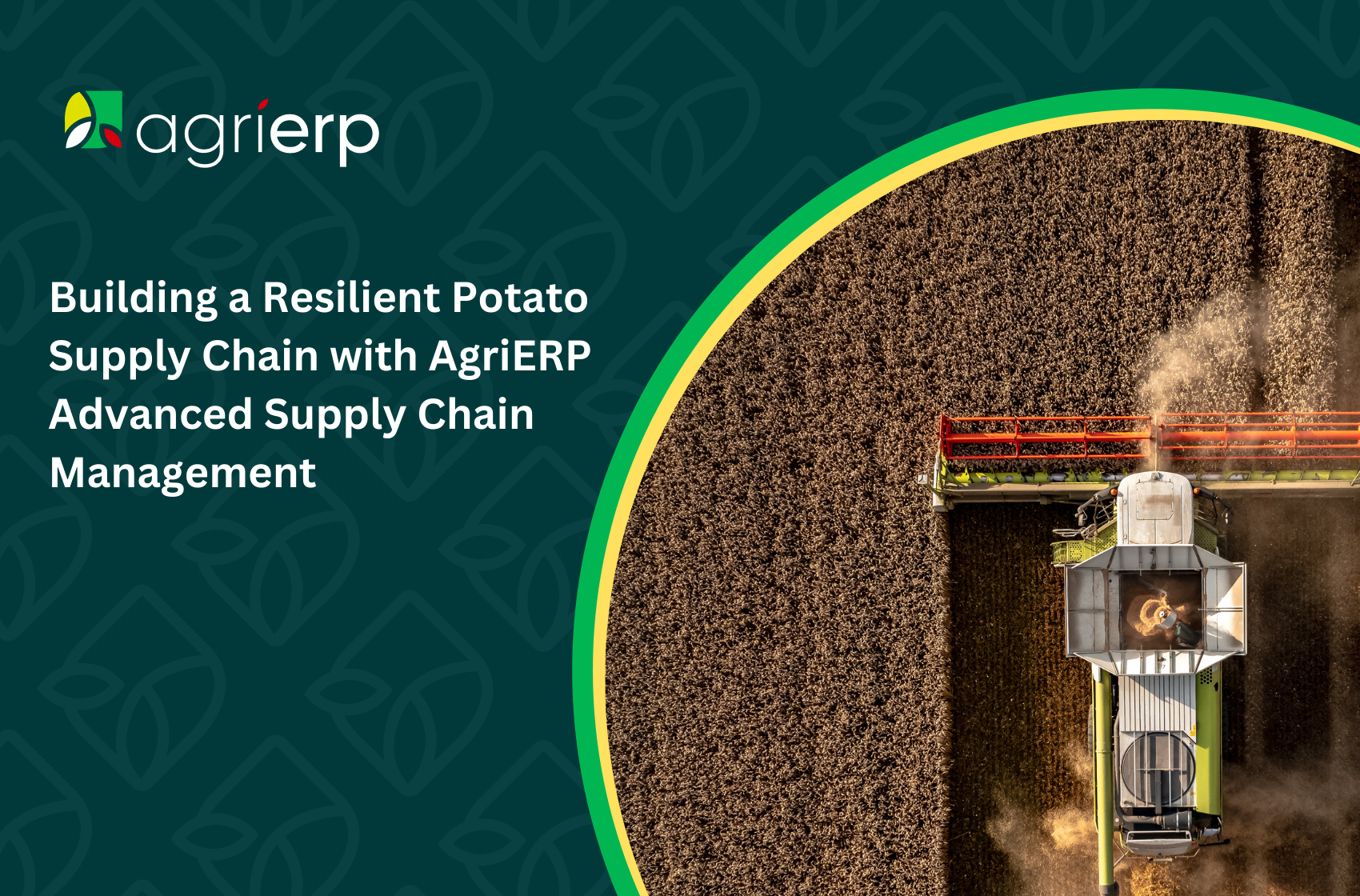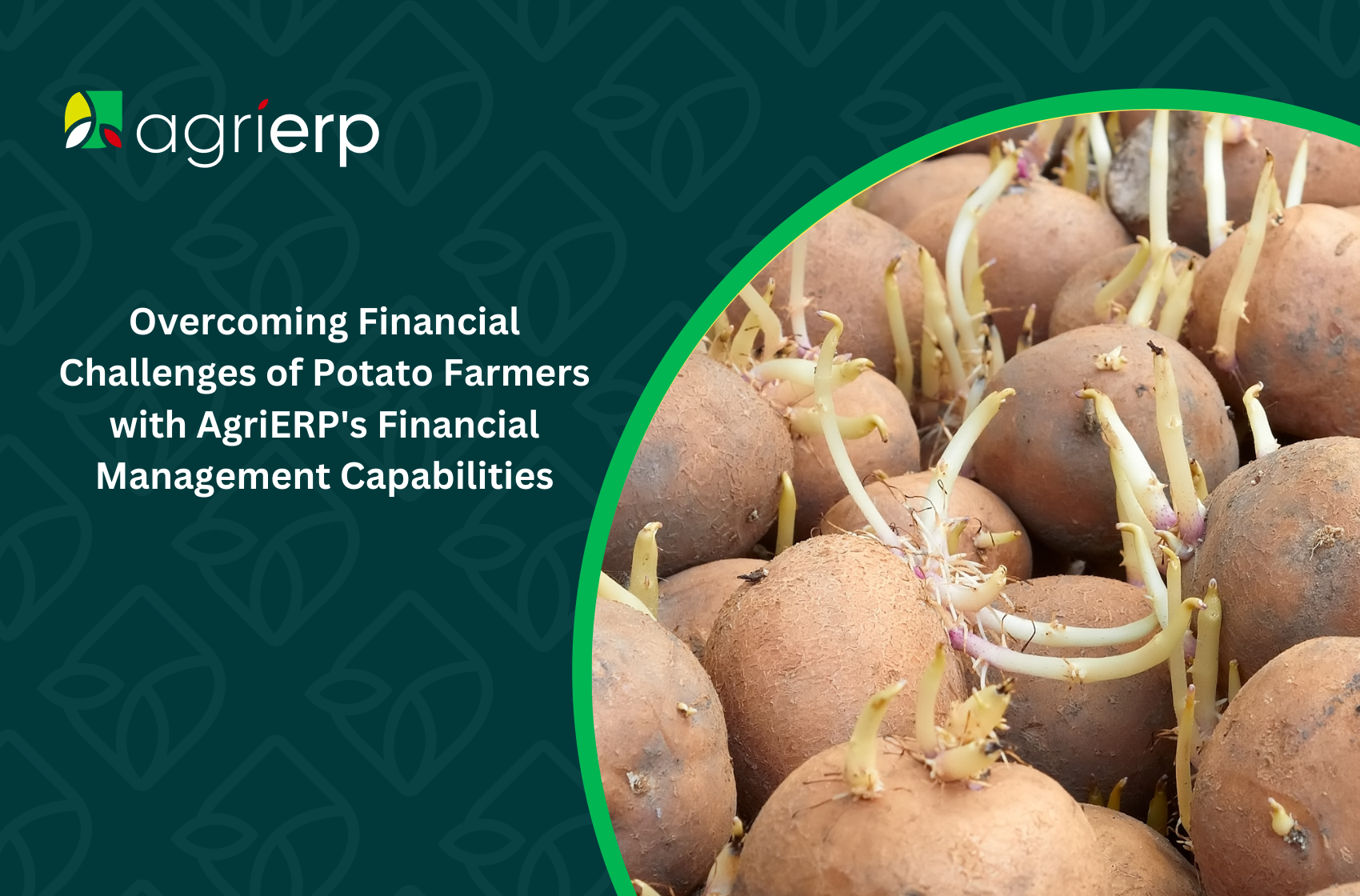Introduction:
The cultivation of almonds in California is not only a source of nuts; rather, it is an important economic pillar that not only supports the state but also has reverberations around the world. Because of its Mediterranean climate, abundant soil, and advanced agricultural practices, California has emerged as the world’s preeminent region for the growth of almonds. The almond business is an important contributor to the economy of the state since it is responsible for the annual generation of billions of dollars in revenue. In the year 2020, California dedicated 1.25 million acres (approximately 5,100 square kilometers) to almond cultivation, resulting in an output of 2.8 billion pounds (equivalent to 1.3 million metric tons). In addition to this, it is an essential component in the process of satisfying the ever-increasing demand for almonds around the world. This article offers an in-depth look at the present trends, problems, and new solutions that are impacting almond growing in California in the year 2023.
Trends in Almond Growing in California
1 – Sustainable Farming Practices
The landscape of almond growing in California is undergoing significant change, and the concept of sustainable agriculture has emerged as a prominent subject. Almond farmers are gradually transitioning to more environmentally friendly farming methods in an effort to minimize their negative impact on the surrounding environment and improve the overall health of their crops. IPM, or integrated pest management, is a great illustration of this. Growers are reducing their reliance on man-made chemicals by bringing in natural predators, using rootstocks that are resistant to pests, and making use of biopesticides. Cover cropping, which not only helps avoid soil erosion but also improves soil health by fixing nitrogen, has also been increasingly popular in recent years.
2 – Water Management
Due to the ongoing drought in California, proper water management in almond farming has taken on an even greater level of significance. In order to thrive, almond trees require a significant amount of water, particularly in their early stages. Growers are increasingly relying on cutting-edge technologies to solve their problems, such as drip irrigation systems and soil moisture sensors. These technologies make it possible to distribute water precisely to the roots, which results in a large reduction in water loss. In addition, water recycling and the collection of rainwater are being included in the system in order to make the most of the water resources that are already accessible.
3 – New Technology Adoptions
Almond farming is undergoing a sea change as a result of the convergence of agriculture and technology. Unmanned aerial vehicles (UAVs) or drones are currently being used for the remote monitoring of orchards. This helps detect problems such as a lack of nutrients or an infestation of pests. The information gathered by these drones is useful for a variety of purposes, including improving decision-making, optimizing resource allocation, and even forecasting disease outbreaks. Artificial Intelligence (AI) and machine learning algorithms are driving breakthroughs in predictive modeling, which enables producers to anticipate optimal harvest dates and manage resources in an effective manner.
Challenges in Almond Growing in California
Water Scarcity
Almond farmers in California face a persistent obstacle in the form of the state’s semiarid environment. The production of almonds requires a significant amount of water, which has led to increased scrutiny of the industry’s overall water consumption. Growers are experimenting with cutting-edge methods such as deficit irrigation, which involves purposefully withholding water during non-critical growth stages in order to maximize production while minimizing environmental impact. Another line of inquiry that could be pursued is the creation of drought-resistant rootstocks that use less water but still retain a high level of productivity.
Bee Pollination Challenges
Concerns have been raised because almonds are dependent on bee pollination at a time when bee populations are dropping. Honeybees are important pollinators, but their declining population poses a threat to the almond industry. To guarantee that there is sufficient pollination, growers are embracing practices that are kind to pollinators, developing bee-friendly habitats within and around orchards, and working together with beekeepers. Some people are even looking at the possibility of using different pollination techniques, such as bringing in solitary bees or utilizing mechanical pollination technologies.
Pest and Diseases
Almond trees are susceptible to a wide variety of insects and illnesses, any of which can severely damage crop production. Integrated pest management is the industry’s solution to the problem, and it is a comprehensive approach that incorporates cultural practices, targeted chemical treatments, and biological methods of pest control. When it comes to natural pest control, helpful insects like ladybirds and parasitic wasps are among the most effective tools. In addition, developments in genetic research have helped produce almonds kinds that are resistant to disease, which has further contributed to the robustness of the sector.
Market Fluctuations
The global market for almonds is affected by a variety of factors, including changes in geopolitical conditions, the preferences of consumers, and climate-related occurrences. These shifts can have an effect on the price of almonds, which in turn can have an effect on the profitability of growers. Almond farmers are expanding into value-added almond products like almond milk and almond flour in order to diversify their product offers and reduce the risk that comes with growing almonds. In addition, the establishment of long-term partnerships with purchasers offers stability despite the volatility of the market.
Innovations and Solutions
In the ever-evolving landscape of almond farming, growers are turning to cutting-edge technologies to tackle the challenges they face, with a vision of securing a sustainable and prosperous future for their industry. Here, we delve into the top 3 latest technologies that are revolutionizing almond farming:
Water-Efficient Almond Trees
One of the foremost concerns for almond farmers has always been water usage. In response, researchers are now developing almond tree varieties that are notably efficient when it comes to water consumption. These drought-resistant cultivars not only thrive on reduced water but also maintain their health and yield quality, ensuring sustainability in water-scarce regions.
Precision Irrigation Management
Advancements in soil sensors and weather forecast systems are ushering in a new era of precision irrigation management for almond orchards. By seamlessly integrating data from these sensors and leveraging real-time weather forecasts, growers can optimize their irrigation practices. This results in the judicious use of water resources, reducing waste and bolstering the overall health of almond trees.
Data-Driven Precision Farming
The advent of data analytics has brought about a revolution in almond farming through precision farming techniques. Farmers are now harnessing the power of data to make informed decisions about nutrient application, pest control, and crop forecasting. By analyzing comprehensive data sets, growers can maximize the efficiency of their operations, enhance crop quality, and predict yields with a high degree of accuracy.
Smart Pollination Techniques
While not mentioned initially, smart pollination techniques deserve an honorable mention. Almond farming relies heavily on pollinators like bees. Growers are now exploring innovative methods, including the use of sensors and data analytics, to optimize pollination. By monitoring bee activity and ensuring optimal conditions, farmers can significantly improve crop yields.
As labor shortages become an increasing concern, the adoption of automated harvesting systems is gaining traction. These systems use robotics and AI to efficiently harvest almonds, reducing labor costs and increasing harvesting speed. They also minimize damage to the trees and nuts, ensuring higher-quality yields.
These latest technologies not only address the current challenges faced by almond growers but also pave the way for a more sustainable and profitable future. Embracing innovation is key to ensuring the continued success of almond farming, meeting global demand, and navigating the evolving agricultural landscape.
Conclusion: Cultivating Excellence with AgriERP
In California’s dynamic almond industry, effective farm management is now essential. Folio3’s AgriERP is revolutionizing almond farming with its state-of-the-art technology. AgriERP empowers growers to make informed decisions and optimize resources, covering crucial aspects like water conservation and pest control, all guided by real-time data insights.
When it comes to choosing the right technology partner, Folio3’s AgriERP stands out as the ideal solution to elevate almond farming endeavors. It’s meticulously designed to address California’s unique challenges, offering a suite of customized tools. From precision irrigation to AI-driven predictive modeling, it harnesses data for optimal resource allocation, particularly critical in California’s water-scarce environment.
This harmonious blend of tradition and technology ensures a prosperous and sustainable future for almond farming in California, solidifying the state’s position as a global leader in the almond industry for years to come. So, what’re you waiting for?



